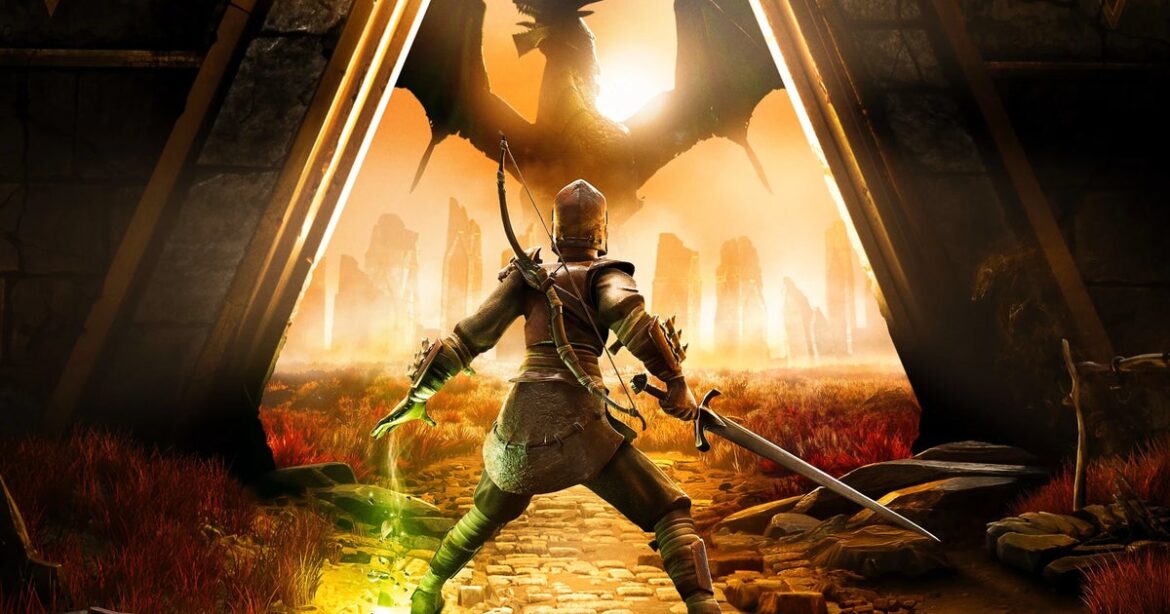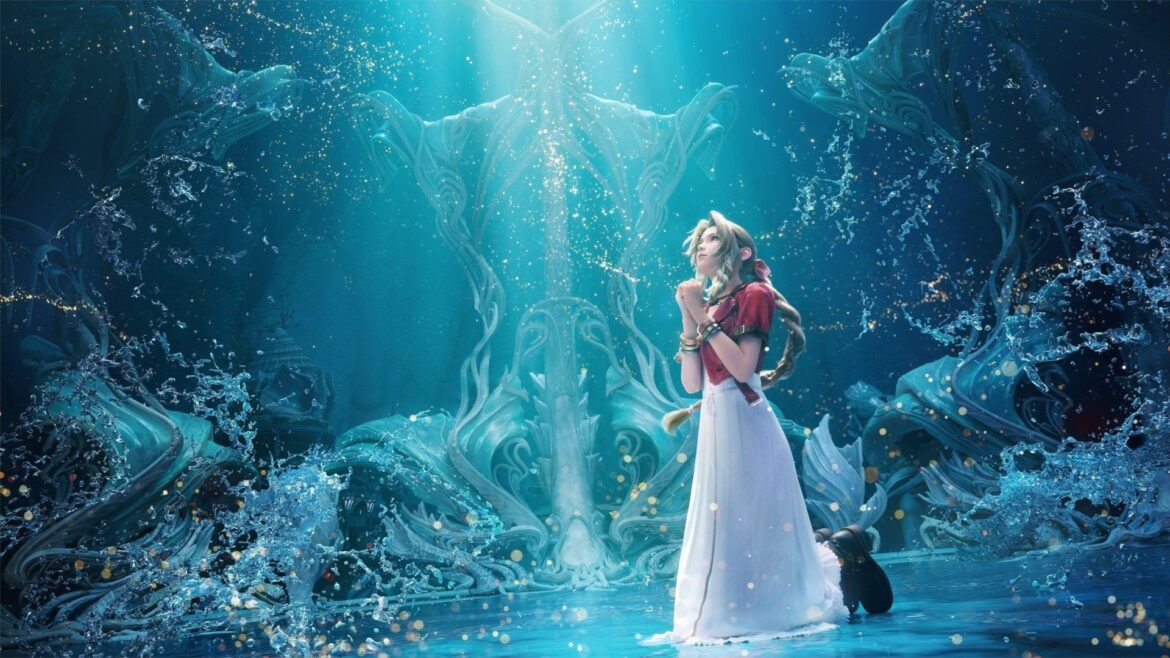In brief
- Elizabeth Warren and other liberal lawmakers questioned AI and crypto czar David Sacks on whether he has exceeded his 130-day limit as a temporary White House employee, raising ethics concerns.
- The lawmakers want a full record of Sacks’ workdays and locations since January, noting his dual role at the White House and at his AI- and crypto-focused venture firm.
- The inquiry follows a New York Times investigation linking the Trump family’s crypto platform to a UAE AI chip deal that Sacks reportedly helped finalize.
Sen. Elizabeth Warren (D-MA) and other prominent liberal lawmakers have turned up the heat on White House AI and crypto czar David Sacks, pressing the Trump administration official Wednesday on whether he has overstayed his temporary post and violated ethics rules.
In a letter sent to Sacks Wednesday morning and shared with Decrypt, Warren noted that as a Special Government Employee, the crypto czar is permitted to work in his position for only 130 days per year.
“Any effort to stay beyond the time limits imposed on you as a Special Government Employee (SGE) would raise additional ethics concerns for you and the Trump Administration, particularly as it moves to implement recently enacted cryptocurrency legislation and put in place new rules for the crypto industry,” Warren wrote.
The letter was also signed by prominent lawmakers including Sen. Bernie Sanders (I-VT), Sen. Chris Van Hollen (D-MD), Sen. Richard Blumenthal (D-CT), and Rep. Rashida Tlaib (D-MI).
Warren has requested Sacks to, within the next two weeks, provide the lawmakers with a list of days he has worked in any capacity for the Trump administration since his appointment in January, plus further details on where he has conducted said business, including in Silicon Valley.
The White House did not immediately respond to Decrypt’s request for comment.
As a Special Government Employee, Sacks was permitted to remain at Craft Ventures—his Silicon Valley venture firm, which invests heavily in AI and crypto companies—even as he has continued to play a critical role in shaping the White House’s AI and crypto policy.
That allowance is specifically granted only to temporary White House employees. Earlier this year, Elon Musk used a similar exception to continue operating his numerous businesses while running the Department of Government Efficiency (DOGE).
Sacks has split his time between Silicon Valley and Washington D.C. since joining the Trump administration and has scrupulously used his working days so as to extend the period of his White House tenure, sources familiar with the matter told Decrypt.
Warren’s inquiry comes days after the New York Times published an investigation linking the business dealings of the Trump family’s crypto platform, World Liberty Financial, to a recent lucrative agreement reached between the U.S. government and the UAE regarding AI chips. Sacks played a crucial role in getting the chip deal over the finish line, according to the report.
Daily Debrief Newsletter
Start every day with the top news stories right now, plus original features, a podcast, videos and more.



